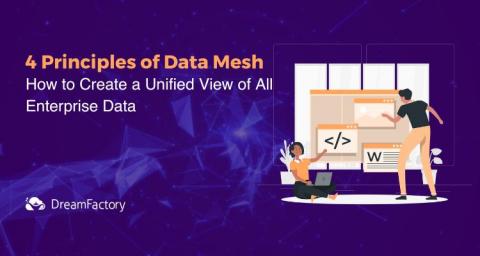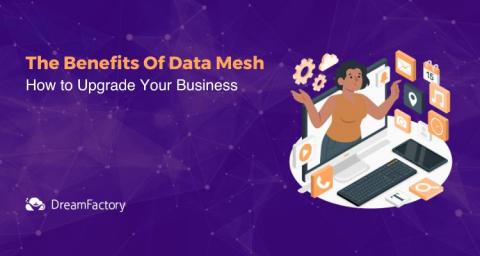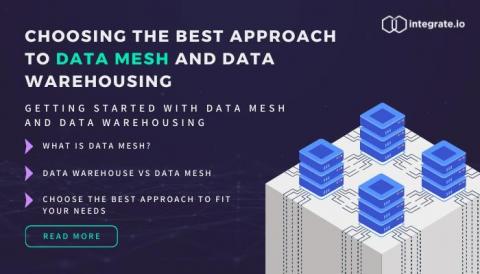Is Data Mesh the Right Framework for Your Data Ecosystem?
With the ever-increasing volume of data being generated from a highly diverse set of data sources, organizations have started to increasingly direct their focus on solutions that can help them with data management more efficiently and effectively. Indeed, in the current decade, having a robust data infrastructure is key to an organization’s success, and timely data-driven decision-making is what every management is striving for today.











